Imported Goods and Distance Sales: The Impact of the New EU Framework on Italian Operators

Summary
This article discusses the new EU VAT framework introduced by Directive (EU) 2025/1539 and its impact on Italian operators, focusing on distance sales of imported goods. The Directive strengthens VAT collection by making suppliers responsible for import VAT, promotes the use of the Import One-Stop Shop (IOSS), and introduces key compliance obligations for foreign sellers and digital platforms.
Key Findings:
The IOSS simplifies VAT collection, allowing VAT to be paid at the point of sale.
Foreign sellers must register with IOSS or appoint a tax representative for sales to Italian consumers.
The EUR 150 threshold for IOSS eligibility remains, and penalties are enforced for non-compliance.
🎧 Prefer to Listen?
Get the audio version of this article and stay informed without reading - perfect for multitasking or learning on the go.
On 25 July 2025, Directive (EU) 2025/1539 was published in the Official Journal of the European Union (hereafter “the Directive”). This Directive amends Directive 2006/112/EC with regard to VAT rules for taxable persons, facilitating distance sales of imported goods and the application of the special scheme for distance sales of goods imported from third countries. It also introduces special arrangements for the declaration and payment of import VAT.
The Directive strengthens VAT collection on imported goods by making suppliers responsible for VAT on imports, thereby encouraging the use of the Import One-Stop Shop (IOSS). Foreign traders or platforms are now responsible for import VAT and VAT on distance sales of imported goods in the Member State of delivery. This structure promotes the IOSS, as non-users would otherwise need to register in each destination country.
The IOSS simplifies VAT declaration and payment by enabling registration in a single EU Member State for sales throughout the EU. VAT can be paid at the point of sale rather than at the border, which improves compliance and safeguards tax revenues. Furthermore, it shifts the burden of VAT collection from consumers to platforms — an approach that ECOFIN also intends to extend to customs duties under the reform of the Union Customs Code.
For context, this Directive is based on the Union Customs Code (UCC) reform proposal published by the European Commission on 17 May 2023. This proposal aims to align the UCC with the VAT e-commerce package. To this end, the proposal addresses the import of goods and introduces significant changes to customs rules, including VAT rules for distance sales. While the original plan had envisaged the abolition of the EUR 150 customs exemption, ECOFIN postponed this issue, instead focusing on promoting the use of the IOSS under the current Directive.
From a procedural standpoint, the Directive followed the special legislative procedure, which requires unanimous approval by Member States for amendments. On 13 May 2025, the Council of Economic and Financial Affairs (ECOFIN) reached a 'general approach' agreement on the text. On 8 July 2025, the European Parliament approved the agreed text and issued a favourable opinion. The Council of the European Union formally adopted the Directive on 18 July 2025, and it was published in the Official Journal on 25 July 2025.
The Customs Reform Proposal: Main Features
On 17 May 2023, the European Commission published the “Customs Package”, which contains several tools to reform the EU customs framework.
The package’s main goal is to promote an efficient customs union with simplified and modernized procedures. To achieve this, it outlines three levels of simplification: (i) General reduction of formalities for all trader; (ii) Targeted simplification for a selected group of “Trust and Check” traders, and (iii) A tailor-made customs regime for e-commerce, aimed at reducing compliance costs in this sector.
The third level is most relevant in this context. The tailor-made regime for e-commerce builds on VAT modernization, aligning customs rules with VAT rules for online sales. This alignment reduces compliance costs for e-commerce operators.
At the same time, the European Commission proposed several amendments to the UCC to align customs legislation with the reformed VAT framework. In practical terms, the new rules represent a radical change in VAT collection. Until now, VAT was primarily collected at customs clearance, often borne by the final consumer or by couriers and postal operators. The reform overturns this mechanism, assigning VAT responsibility to non-EU sellers or electronic platforms that facilitate distance sales to EU consumers.
The proposal had three major pillars regarding distance sales of imported goods:
a) Remove the EUR 150 threshold for IOSS (Import One-Stop-Shop)
Under current rules (from the 2021 VAT e-commerce package), IOSS is only available for distance sales of imported goods with intrinsic value not exceeding EUR 150. Above that, standard import VAT rules apply. The European Commission proposed eliminating that limit entirely.
b) Extend the “deemed supplier” regime to all distance sales of imported goods, regardless of value. So that marketplaces or other platforms facilitating B2C sales would become liable for VAT where appropriate, even for higher-value consignments.
c) Extend the “special arrangements” for import VAT (i.e. arrangements allowing import VAT to be collected in different ways, sometimes by the carrier or postal operator, etc.) beyond the current limits.
The Agreed Final Text: Main Amendments
In the course of negotiations (especially during the ECOFIN meetings), several of the above proposals were scaled back, delayed, or removed. The final text adopted has the following key differences:
a) The EUR 150 threshold was not removed
Contrary to the European Commission’s proposal, the threshold for IOSS remains: distance sales of imported goods with intrinsic value above EUR 150 are not generally eligible for IOSS under the adopted Directive.
b) “Special arrangements” are removed
The “special arrangements” allowing carriers or postal operators (or intermediaries) to collect import VAT at import (or similar) when IOSS is not used were removed from the final text. The rationale was that they run counter to the objective of shifting the VAT liability (in cases of distance B2C imports) from consumers or intermediaries towards the supplier or marketplace.
c) Mandatory tax representative requirement for non-IOSS users
For those who don’t use IOSS (especially non-EU sellers not registered under IOSS), the Directive requires appointing a tax representative, which will assume VAT obligations for eligible consignments. There are some exceptions (e.g. where the seller is in a State with which the EU has mutual assistance agreements).
d) The “deemed supplier” regime is preserved for certain sales
The regime whereby online marketplaces/platforms facilitating distance sales are deemed supplier in specific cases remains, but its expanded scope (to all values) as initially proposed has been limited by retaining the threshold.
e) Implementation date / transition
The rules adopted will apply from 1 July 2028.
Practical Aspects and Implications for Operators in Italy
1. Registration and Representation Obligations
In Italy, non-EU sellers making distance sales to Italian consumers must register with the IOSS portal or appoint an Italian tax representative. Where no mutual assistance agreement exists between Italy and the seller’s country of origin, appointing a tax representative is mandatory.
From 13 June 2025, entities already registered under the IOSS regime may be required to provide guarantees (surety bonds) at the request of the Italian Revenue Agency.
2. Tax Audits
Under the new framework, the Revenue Agency will have more effective tools to monitor distance sales, in particular:
Cross-checks between IOSS declarations, customs data, and courier information.
Stricter audits of electronic platforms (marketplaces, portals, apps), which are considered suppliers for VAT purposes.
Failure to pay or irregular declarations will result in administrative penalties, as well as possible revocation of IOSS registration and guarantees.
3. VAT Collection
The collection mechanism depends on whether the IOSS is used:
For IOSS users: VAT is collected at purchase and declared via monthly returns. Imports are VAT-exempt at customs, avoiding double taxation.
For non-IOSS users: the “special arrangement” applies, under which VAT is collected directly by the courier or customs agent at clearance and remitted to the Revenue Agency.
4. Joint Liability and Guarantees
One of the most innovative elements of the Directive is the extension of joint liability for VAT payment. In Italy, the following may be held jointly liable:
Electronic platforms facilitating sales.
Tax representatives appointed by non-EU suppliers.
Indirect customs representatives, if collection is not carried out in accordance with the Directive.
Final Remarks
The reform is a significant step in modernising the European tax system, with major operational implications for Member States, particularly Italy. In an increasingly interconnected economy dominated by cross-border e-commerce, updating VAT rules is necessary to ensure greater tax fairness and safeguard public revenues.
The Directive shifts the point at which tax is collected upstream from customs clearance to the online transaction. The adoption of the IOSS regime and the “deemed supply” concept transforms digital platforms from mere intermediaries into taxable entities.
This reform reduces tax evasion on small postal shipments, particularly those valued at less than EUR 150, by ensuring VAT is collected at an earlier stage. At the same time, it imposes new responsibilities on foreign sellers and digital marketplaces by redefining VAT liability.
For Italy, the main challenge will be to balance simplification with control. Effective coordination between the Revenue Agency and the Customs Agency is essential to ensure the system is effective without placing an excessive burden on compliant operators.
Tools such as surety guarantees, joint liability and the ability to block imports in cases of non-compliance will strengthen enforcement capacity. However, these powers must be exercised selectively to avoid excessive bureaucracy, which could discourage the voluntary use of simplified regimes such as the IOSS.
While the Directive primarily aims to combat tax evasion, it will also affect competitiveness. Requirements such as VAT registration, appointing a tax representative and exclusion from the IOSS for risky behaviour may create barriers for small foreign operators. Conversely, the reform restores a level playing field for EU sellers who have long been disadvantaged by “tax-free” foreign competition.
Finally, the reform reflects a cultural shift. Europe is moving towards preventive compliance, whereby taxpayers are held responsible from the outset rather than being penalised afterwards. The success of this approach will depend not only on revenue gains, but also on voluntary adherence by foreign operators, which would signal trust in a transparent, digitally accessible tax system.
For Italy, the Directive offers two opportunities: to recover significant tax revenues from online sales, and to establish itself as a reliable jurisdiction capable of attracting and regulating international digital flows.
For this to succeed, national implementation must be accompanied by clear operational guidelines, digital interoperability between customs and tax administrations, and a pragmatic approach. Only then will the framework function as a modern tool for governing global trade rather than as an additional compliance burden.
-pcq6wpbnhf.webp)
Featured Insights

Angola’s E-Invoicing Mandate: Phased Implementation Continues Into 2026
🕝 December 10, 2025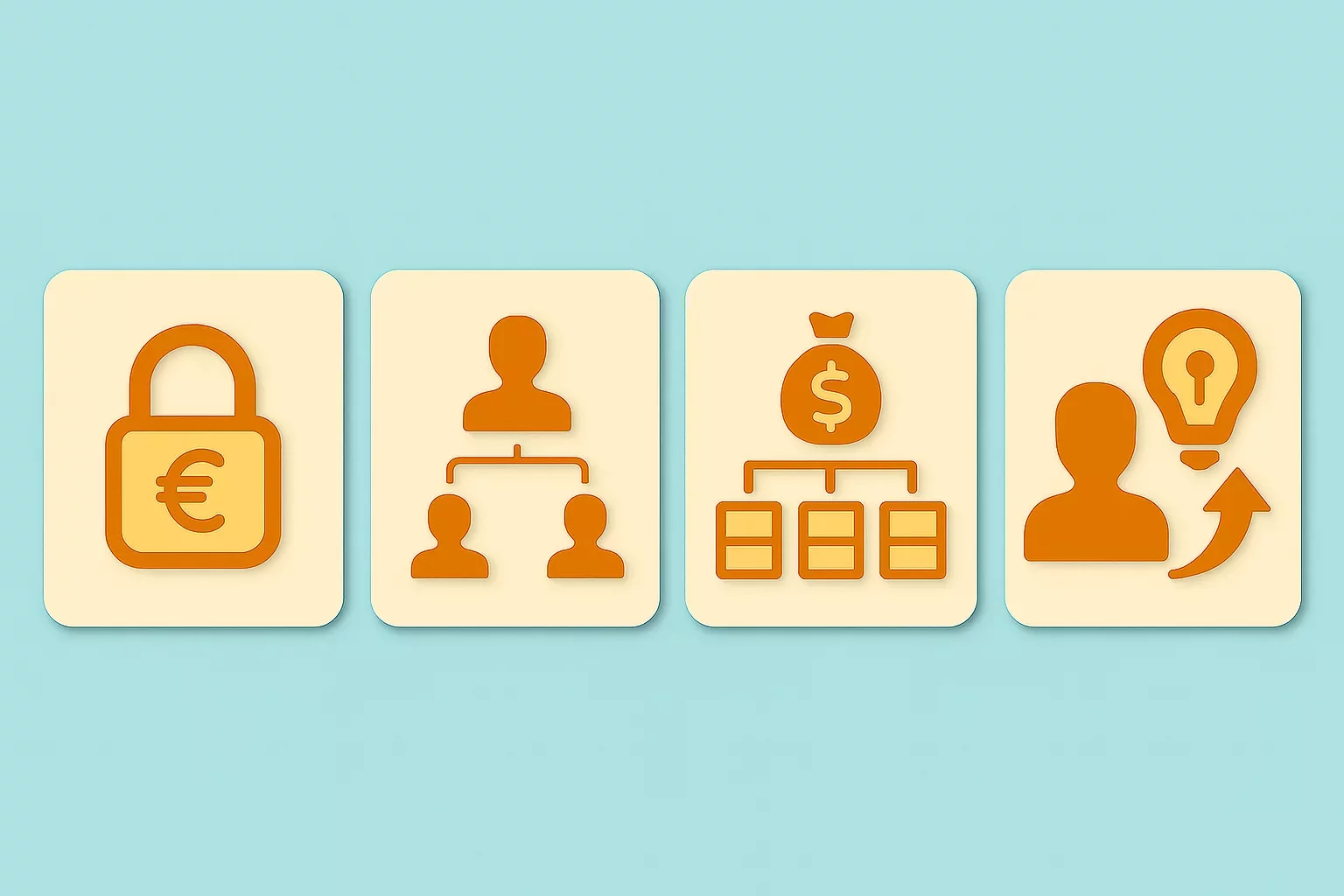
VAT Deduction and Business Succession: When Do Advisory Costs Serve the Company’s Interest?
🕝 December 8, 2025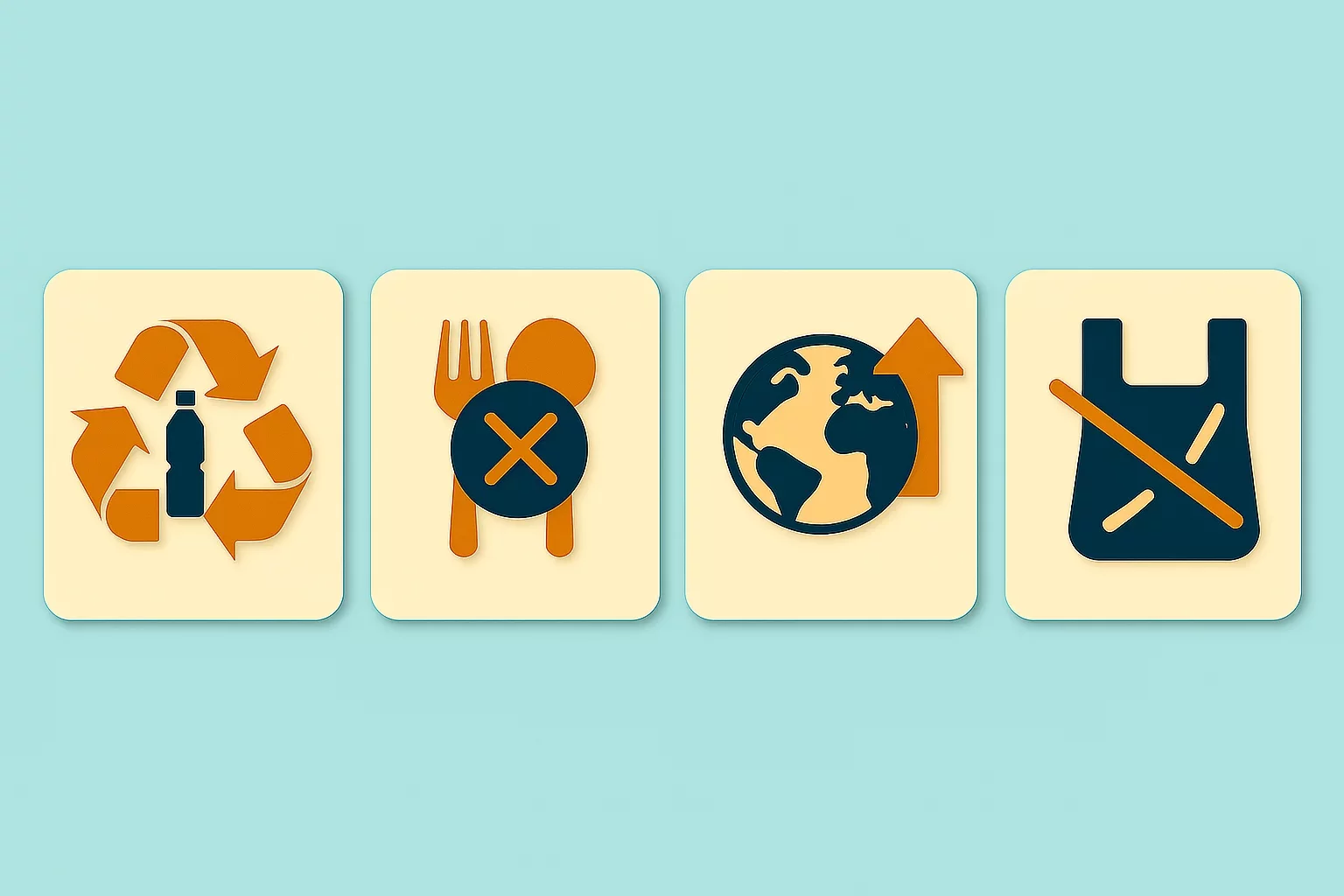
Europe’s Plastic Fiscal Shift: Why Italy’s Plastic Tax Now Starts in 2027
🕝 December 3, 2025
The Decline of Low-Value Import Exemptions: Closing Gaps in Cross-Border E-Commerce
🕝 November 20, 2025More News from Italy
Get real-time updates and developments from around the world, keeping you informed and prepared.
-e9lcpxl5nq.webp)

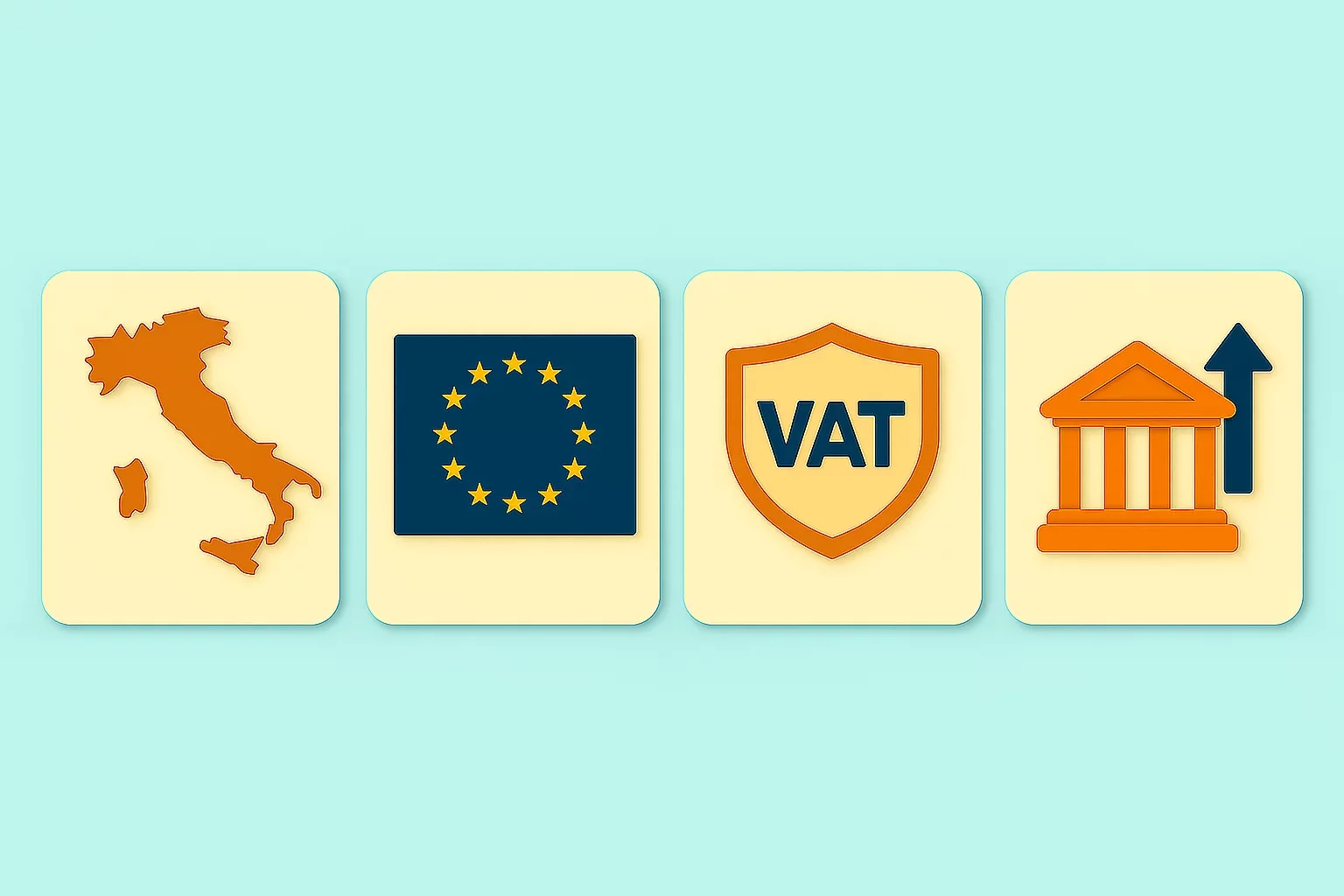

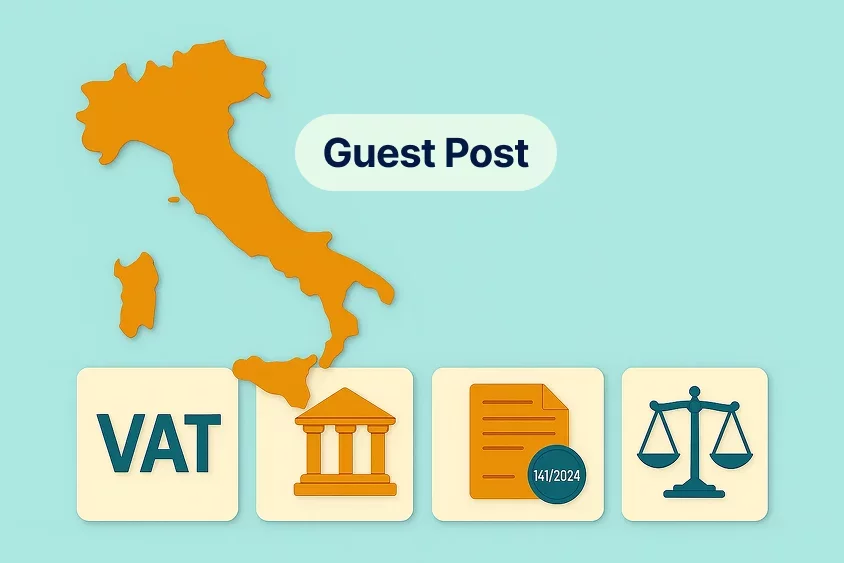
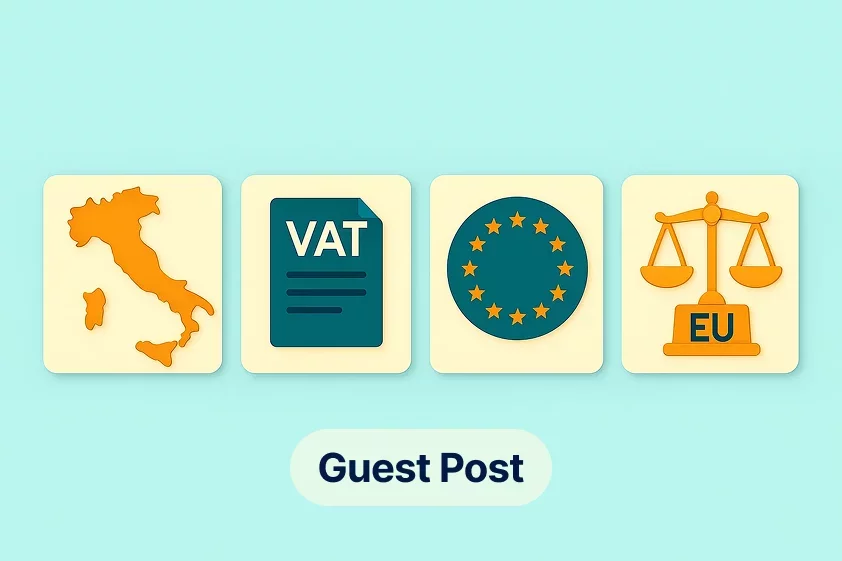
-7xsxxoypnx.webp)
-o7f4ogsy06.webp)
-9mc55kqwtx.webp)
-jrdryw2eil.webp)
-t9qr49xs2u.webp)

-zetvivc79v.png)
-qizq6w2v5z.png)

-k1j4au0ph6.webp)
-ig9tutqopw.webp)







